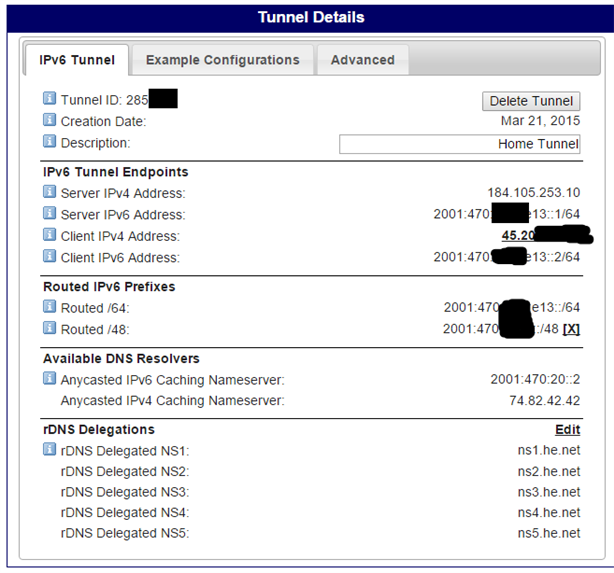I've been trying to replicate my v9 config into a new XG virtual machine. Normal network interfaces are no problem, but I can't for the life of me see how to set up an IPv6 tunnel broker (in this case, he.net).
I know of the IP Tunnels config item, but there's no way to do authenticated tunnels that I can see; the endpoint has to be IP address (which yes, I can manually resolve but if it changes it'll break).
Pretty sure I'm missing something here. Suggestions welcome!
This thread was automatically locked due to age.




